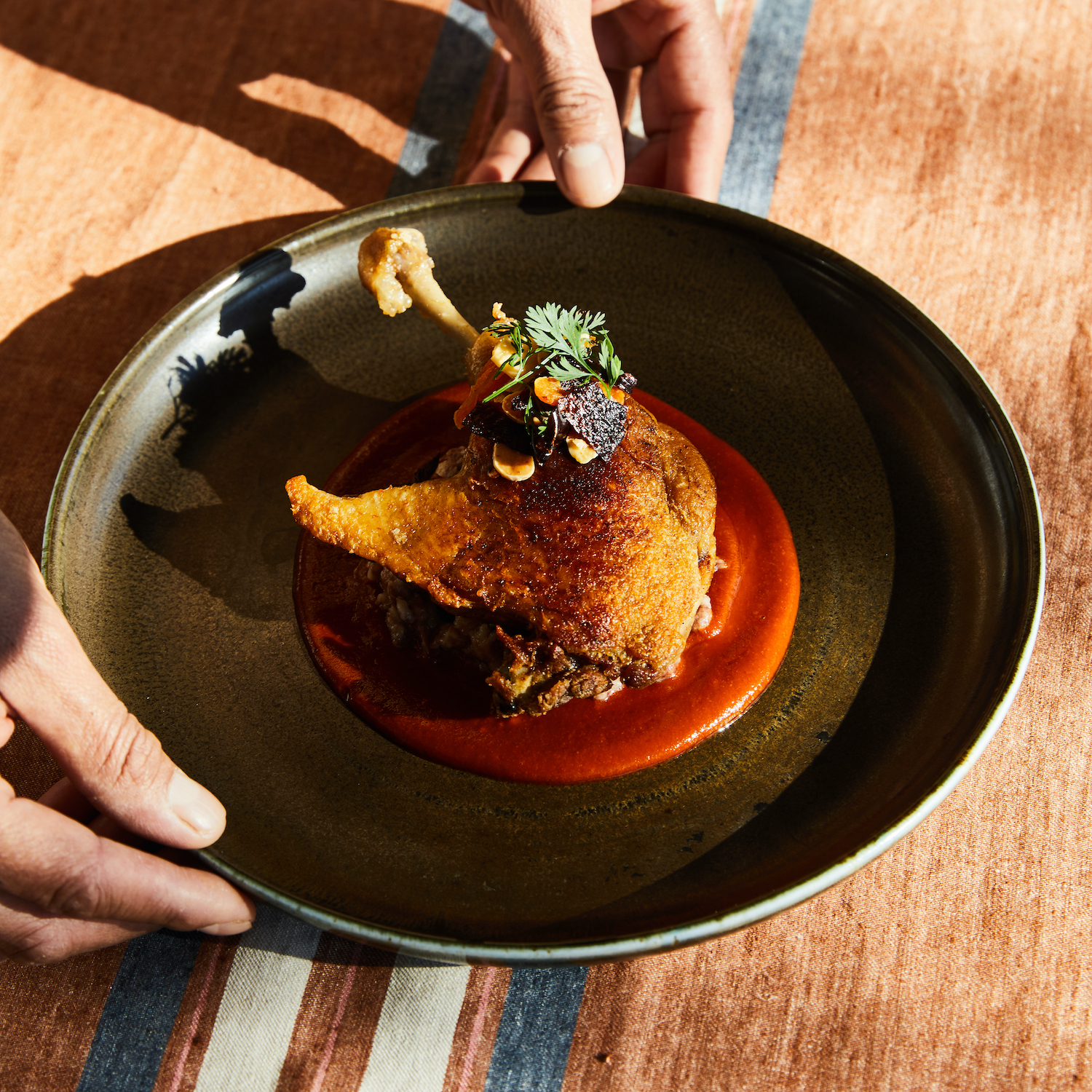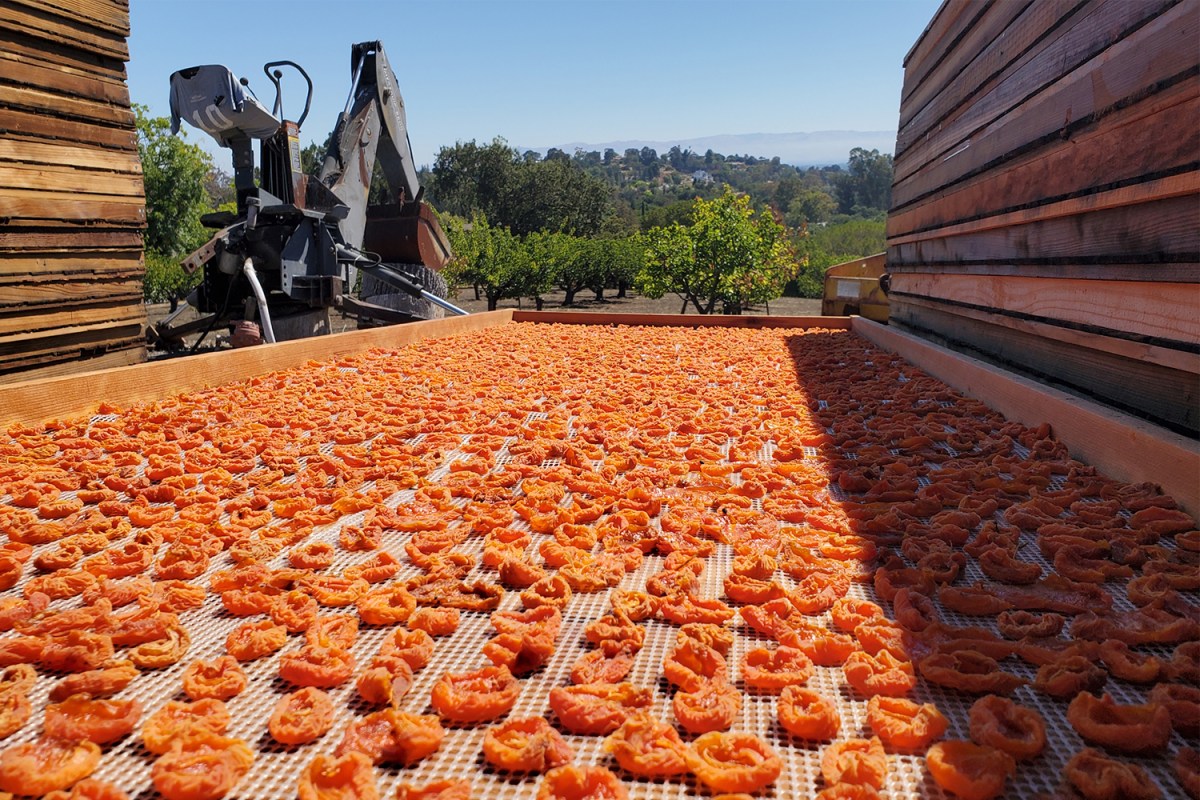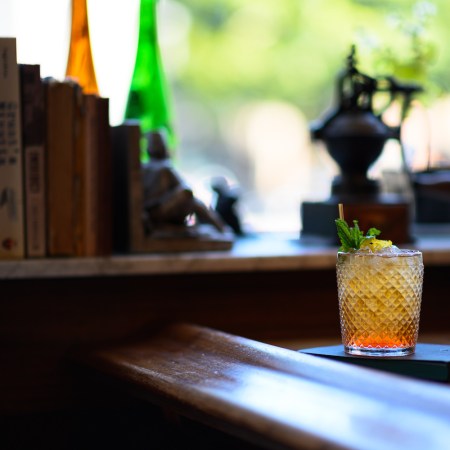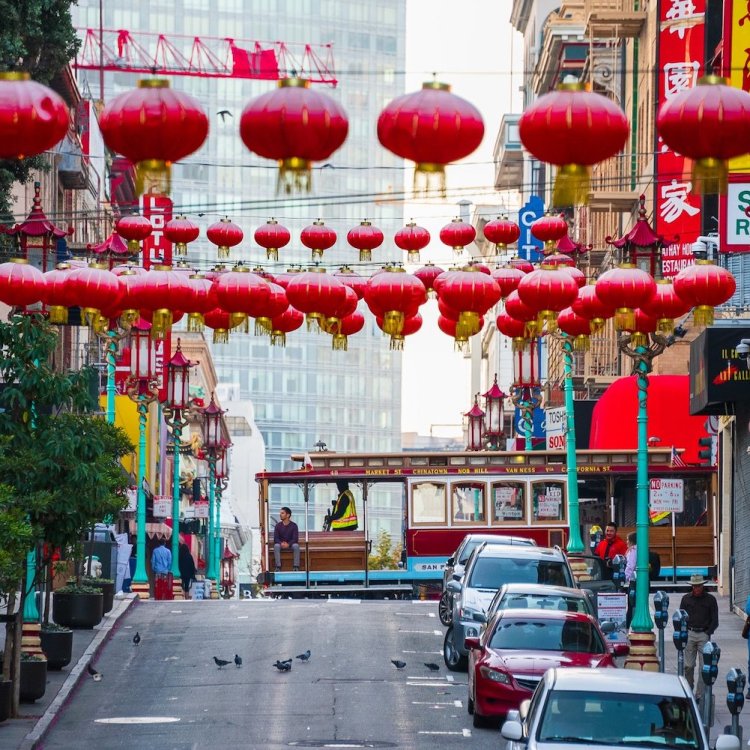A century ago, Santa Clara Valley was home to the largest commercial fruit orchard in the entire world, with prunes and peaches, cherries and apples dotting the hillsides. But one of the stars of the area was undoubtedly the sweet, golden apricots.
Apricot trees were first brought here in the mid-18th century by Franciscan missionaries who carried the little seedlings on foot from Mexico and cultivated them in the rich local soil. During the Gold Rush, newcomers turned the valley into a source of a wholly different kind of gold.
By the turn of the 20th century, the valley was home to seven million apricot trees. Nowhere was better for apricot orchards than the hills of Los Altos, with a unique microclimate providing perfectly mild evenings, which in turn produced some of the sweetest fruit around.
It was this history that inspired chefs Traci Des Jardins and Robert Hurtado of El Alto to put apricots on their menu, which celebrates the rich history of Californian and Mexican cuisine.
“I’m a huge history buff,” Hurtado tells InsideHook, “and I kind of enjoy reading about food history and agriculture. That’s kind of what California was founded on, just lots of agriculture, especially here in Silicon Valley.”
Having grown up just 45 minutes away, Hurtado was more than familiar with the local produce.
“They are some of the sweetest Blenheim apricots in California,” he says of the local bounty. “To this day, my grandma jars and preserves apricots, and she’ll make apricot empanadas with them.”
At El Alto, however, it’s not empanadas but mole that gets the apricot treatment. (“Mole” comes from the Nahuatl word for sauce, molli.) With almost as many versions as there are cooks, mole is often divided into seven basic types or families, of which manchamanteles is one. Literally translated to the “tablecloth stainer,” this variant is known for its bright color and prominent use of fruit. But that idea was just the beginning.
“I went through at least 25 different variations of this mole until Traci and I found the one that’s on the menu today,” says Hurtado. “It definitely is a labor of love. It was rough. Doing that many different styles of mole is just an intense amount of work, but the flavor of it is just fantastic.”

The resulting mole, he says, boasts sweetness, nuttiness, and slight heat — the perfect pair for the duck leg from Santa Rosa’s Sonoma County Poultry. Their “Liberty Ducks” are a Pekin variety developed in Denmark that, according to the farm, is best suited to a slow, low-stress lifestyle. The bright, fruity sauce marries well with the richness of the duck leg and duck-fat refried bean accompaniment.
“It’s just really, really California, but at the same time lots of Mexico,” says Hurtado. “I hope it never has to come off the menu. It’s just that special for the restaurant.”
Unfortunately, the local apricot bounty isn’t quite as rich as it has been in the past.
“Sustaining the orchard in a city environment does create some challenges,” says Phil Doetsch, orchardist for Los Altos. “Residents come first, which means keeping the environment free of toxic pesticides and chemicals. This does lead to some diseases which leads to the loss of trees.” And of course, climate change has also made things harder.
A small apricot harvest is sold to local residents as it is picked; Doetsch says that most are sold by 11 a.m. the day of picking, with overflow sold via DeMartini Orchard, a farm stand founded in 1932, making it the city’s oldest business.
“Many of the older residents who pass through [the orchard] when we’re working say they used to walk through this very orchard when they were kids,” says James Kozy of DeMartini Orchard. “To many it is a pleasant memory from their past and to newbies with small children they are happy to have the orchard to appreciate. The orchard is a big part of the living past in today’s busy world — a gem to be kept for generations to come.”
Doetsch is proud to continue to cultivate this local heritage.
“I’m amazed by the younger generations’ reaction when they taste an apricot fresh off the tree,” says Doetsch. “They’re hooked.” So, too, is Hurtado, who has preserved a sizable haul for the coming year.
“We’re just going to continue to use them for the mole for as long as we can,” he says, noting that he hopes he has enough to take the restaurant to next season. “If not, I’m probably going to just ask my grandma. Like, ‘Hey, can I take quite a few jars from you?’”
This article was featured in the InsideHook SF newsletter. Sign up now for more from the Bay Area.
























